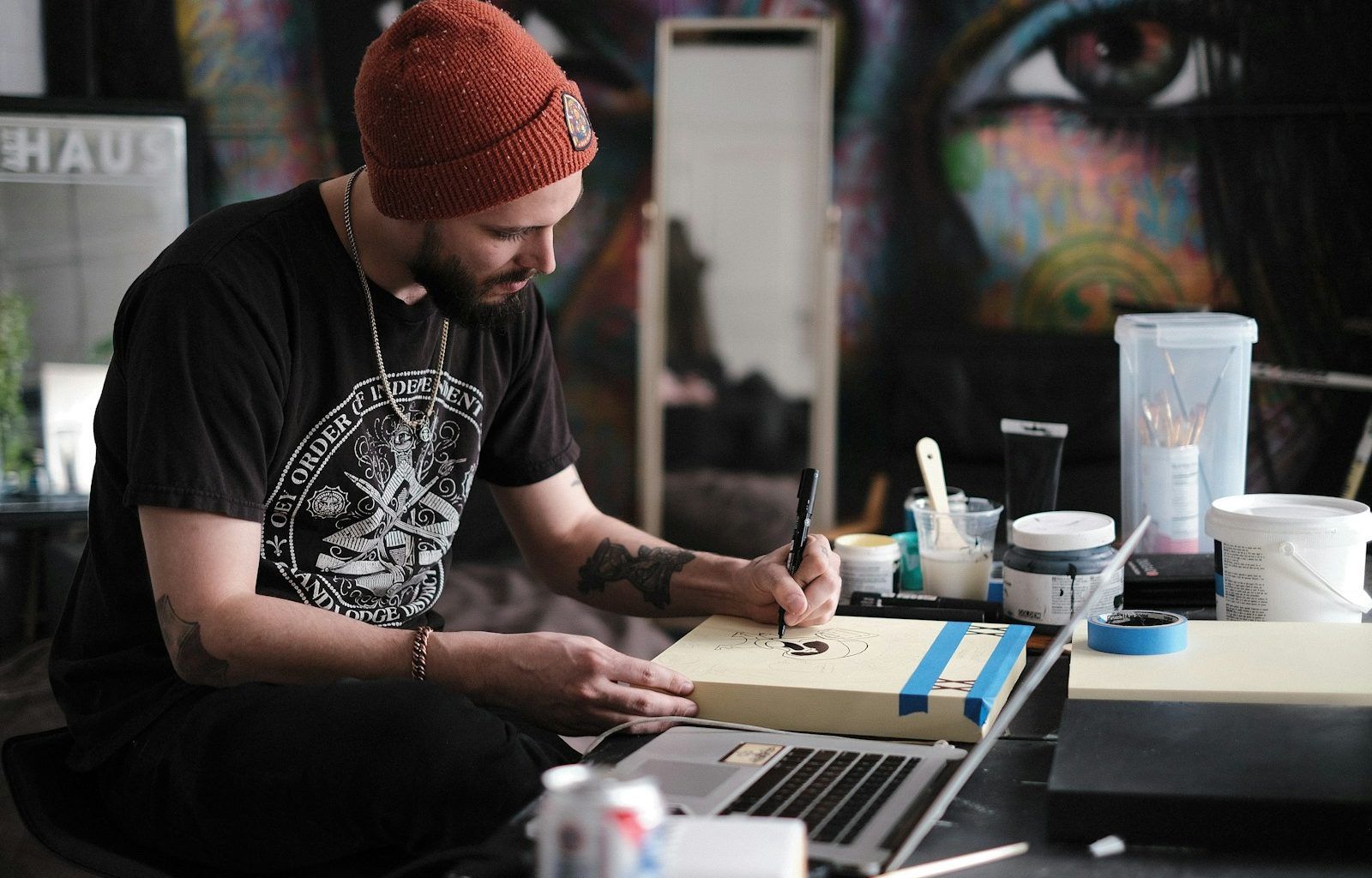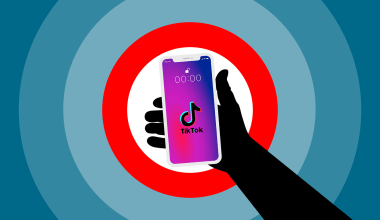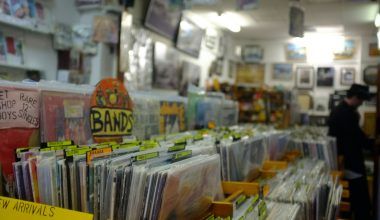When you think of an artist, what comes to mind? Maybe it’s the bold brushstrokes of Van Gogh or the minimalist aesthetic of a modern graphic designer. This impression, whether it’s visual, emotional, or intellectual, is tied directly to an artist’s visual identity. But what exactly is an artist visual identity, and why does it matter?
Your visual identity is how people recognize you. It’s a combination of elements like colors, fonts, patterns, and imagery that tell your story. Think of it as your creative fingerprint. When someone sees your work, they should know it’s yours without even looking for your signature. And the best part? You have full control over shaping that identity.
Why Does Visual Identity Matter?
In today’s world, creativity thrives in a crowded marketplace. From Instagram feeds to art galleries, people are bombarded with visuals every day. So how do you make sure your work stands out? This is where having a strong visual identity becomes crucial.
Your visual identity does more than just make you memorable. It communicates your values, your style, and your story. Whether you’re a painter, photographer, or digital artist, your unique identity builds a connection with your audience. It tells them who you are and what you stand for, which is often what they’ll fall in love with before they even meet you.
Finding Your Unique Voice
Creating an artist’s visual identity starts with understanding who you are. Ask yourself some simple yet profound questions: What inspires me? What’s my story? What do I want people to feel when they see my work?
Start by exploring the themes that resonate with you. Maybe it’s the vibrant colors of nature or the quiet simplicity of urban landscapes. Take time to reflect on the moments and experiences that have shaped you. Your visual identity should feel authentic, a true reflection of your creative spirit.
Building Blocks of Visual Identity
To craft a solid visual identity, you need to focus on its key components. These are like puzzle pieces that come together to create the bigger picture of who you are as an artist.
Colors
Colors are powerful. They evoke emotions, set the mood, and create immediate recognition. Think about the color palette you want to work with. Do you lean toward warm, earthy tones? Or maybe you prefer bold, contrasting hues? Your color choices should align with your artistic message and make your work instantly recognizable.
Typography
Yes, even fonts matter. If you’re designing a website, creating posters, or sharing social media posts, the typography you use should match your style. For example, a clean, modern font might suit a digital illustrator, while hand-drawn lettering could complement a painter with a whimsical touch.
Imagery
The visuals you choose should reinforce your artistic identity. This includes your portfolio, logo, and even the photos you share of yourself at work. Everything should feel cohesive and intentional. For example, if your work is rooted in minimalism, make sure your imagery reflects that aesthetic.
Consistency
One of the most important elements of building an artist’s visual identity is consistency. When your style is cohesive across platforms, it’s easier for people to recognize and remember you. That’s how you build trust and loyalty with your audience.
In the digital age, social media is a powerful tool for artists. It’s where many people will first encounter your work, so it’s essential to ensure your visual identity shines through. But how do you do that?
Start by creating a mood board or a style guide. This will help you stay consistent with your posts. Use similar filters, maintain a cohesive color scheme, and stick to your chosen themes. Social media is also a great place to tell your story. Share behind-the-scenes moments, talk about your creative process, and let your personality come through.
Overcoming Challenges in Defining Your Identity
Let’s be honest: finding and sticking to a visual identity can feel overwhelming. Maybe you’re just starting out, or maybe you feel your style is all over the place. Don’t worry—you’re not alone.
Start small. Experiment with different styles and see what feels right. Over time, patterns will emerge. It’s also okay to evolve. Your identity isn’t set in stone; it can grow and change as you do. The key is to stay authentic and true to yourself.
Inspiration from Successful Artists
Take a moment to look at artists who inspire you. How do they present themselves? What makes their visual identity stand out? From famous painters to contemporary digital creators, each successful artist has a distinct and memorable style.
For example, Frida Kahlo’s self-portraits are instantly recognizable for their bold colors and deep symbolism. Similarly, Banksy’s graffiti art is known for its political messages and striking stencils. By studying others, you can find inspiration to craft your own unique identity.
The Role of Branding in an Artist’s Journey
As an artist, you might hesitate to think of yourself as a brand. But here’s the thing: branding isn’t about losing your individuality. It’s about amplifying it. Your brand is the story you tell the world, and your visual identity is a big part of that story.
Branding doesn’t mean you have to be commercial or corporate. It’s simply about creating a clear, consistent, and authentic message. When people see your work, they should know it’s you. That’s the magic of a strong visual identity.
Final Thoughts
Creating an artist visual identity is a journey, not a destination. It’s about discovering who you are, embracing your unique voice, and sharing it with the world. Don’t rush the process. Take time to experiment, refine, and grow.
Remember, your artist visual identity is your creative signature. It’s what makes you unforgettable. So go ahead, take the first step, and let your true colors shine. The world is waiting to see what only you can create.
For further reading, explore these related articles:
- Exploring the Best Free Music Distribution App for Independent Artists
- Comprehensive Breakdown of Music Distribution Costs for Artists
For additional resources on music marketing and distribution, visit Deliver My Tune.






